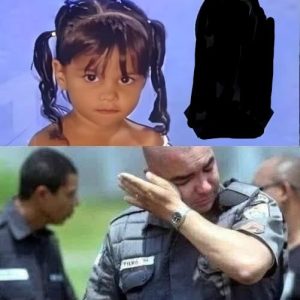The Ride for Hope
At 71, Tank was no stranger to danger. A Vietnam vet with a past paved in bar fights, road crashes, and a lifetime of wandering, he thought he’d seen it all. But one frigid Montana night proved otherwise.
Inside a gas station bathroom, Tank found a newborn wrapped in a thin hospital blanket. Beside her lay a handwritten note:
“Her name is Hope. I can’t afford her medicine. Please help her.”
Stepping outside, he was met by the fury of a blizzard—the worst in forty years. Hope’s lips were tinged blue, her breathing shallow. A hospital bracelet clung to her tiny wrist, detailing a diagnosis: severe congenital heart disease. Surgery required within 72 hours.
The roads were closed. Emergency services unreachable.
Tank knew one thing: waiting would mean death.
He turned to the only transportation he had—a weathered Harley Davidson, retrofitted with tire chains and a sidecar. He wrapped the baby in everything he owned—leathers, scarves, gloves, blankets—and tucked her close to his chest.
Then he rode into the storm.
For eight relentless hours, Tank battled whiteouts, black ice, and freezing wind. Navigating by instinct and an old paper map, he pressed on—pausing only to check her breathing, whispering words of comfort through cracked lips. Every mile was a gamble. Every turn, a prayer.
At dawn, the Harley skidded into the emergency bay of a children’s hospital. Nurses swarmed. A doctor leaned in, checked Hope, and turned to Tank.
“You made it just in time.”
Hope was rushed into surgery.
Later, when the press and hospital staff called him a hero, Tank just shook his head.
“That little girl didn’t need a hero,” he said.
“She needed someone to ride.”
And he did—through the storm, through fear, through seventy-one hard years—carrying Hope with everything he had left.





